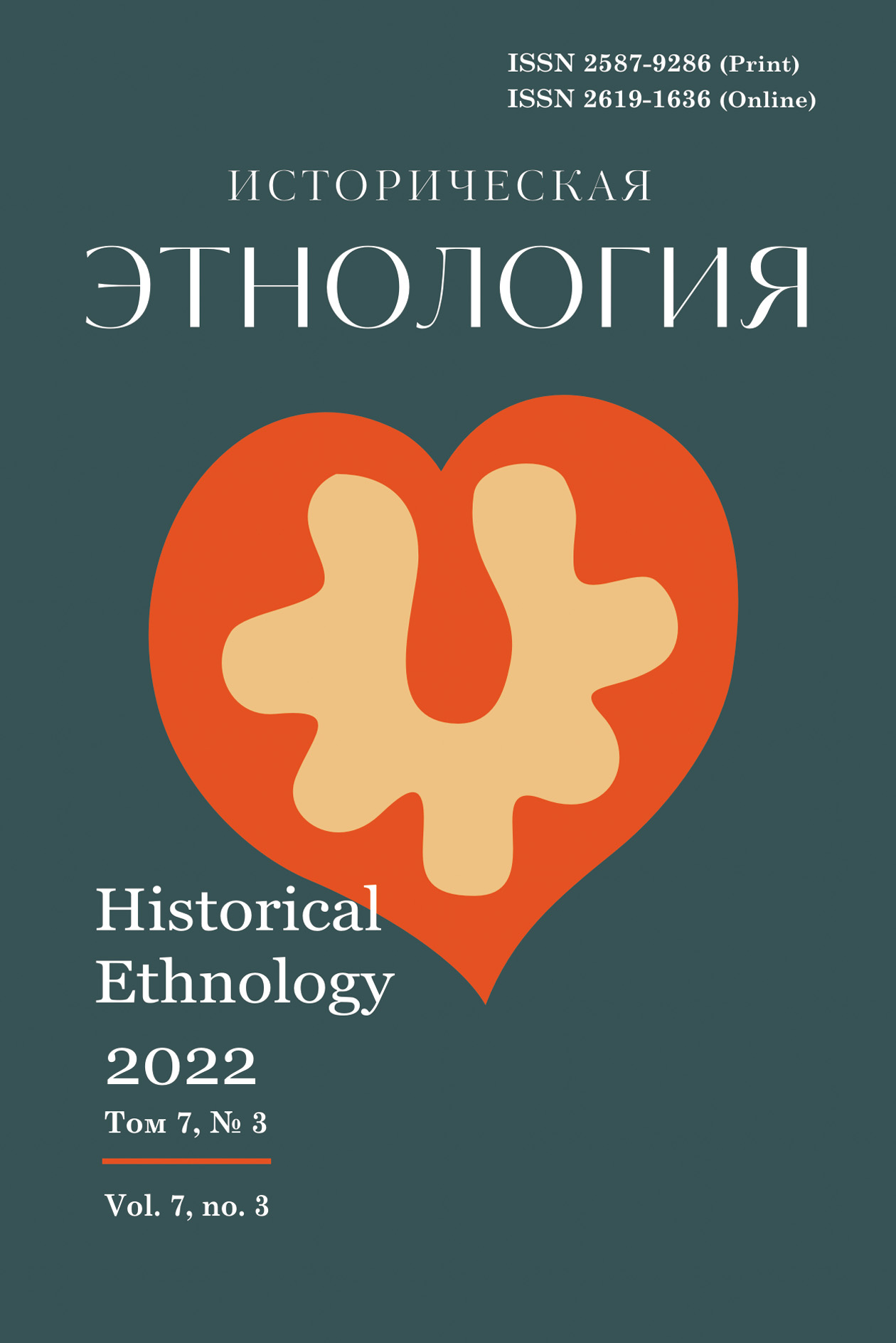
Main menu / 2022, vol.7, no.3 / Schlaffke M.
Identification of Muslim burial sites at the Zehrensdorf prisoner of war cemetery Schlaffke M.
507-527 p. doi.org: https://doi.org/10.22378/he.2022-7-3.507-527 More than 400 mostly Muslim soldiers of the tsarist army who had been taken prisoner by the Germans during the First World War are buried in the Zehrensdorf prisoner of war cemetery south of Berlin. The cemetery is an important testimony to the entangled history of the colonial empires in the First World War and to the European confrontation with Islam in the early 20th century. When the Zehrensdorf cemetery was restored in the early 2000s, it was not possible to identify the positions of all individual graves and to mark them by name due to the scarcity of sources. New research and the synchronization of previously unconnected archives have brought to light sources that now allow a comprehensive reconstruction of the burial sites. The article gives an overview of the historical context of the Zehrensdorf prisoner of war cemetery, its origin and memory history and describes the methodological approach as well as the individual findings of the reconstruction, in the course of which the graves of 409 individuals could be identified and marked. Keywords: Zehrensdorf Cemetery, World War I, Islam, Colonial History, Critical Heritage Studies For citation: Schlaffke M. Identification of Muslim burial sites at the Zehrensdorf prisoner of war cemetery. Istoricheskaya etnologiya, 2022, vol. 7, no. 3, pp. 507–527. https://doi.org/10.22378/he.2022-7-3.507-527 SOURCES AND MATERIALS BL – Brandenburgisches Landeshauptarchiv, ‘Hauptgräberliste Friedhof Zehrensdorf’ REFERENCES Gilyazov I.A., Gataullina L.R. Rossiyskie soldaty-musulmane v germanskom plenu v gody Pervoy mirovoy voyny [Russian Muslim Soldiers in German Captivity during World War I]. Kazan, 2014. (In Russian) About the author: Markus Schlaffke, Ph.D., Independent Scholar (Weimar, Germany); markus.schlaffke@uni-weimar.de
Received October 18, 2022 Accepted for publication November 1, 2022 Published Online December 15, 2022 |
Istoricheskaya etnologiya Historical Ethnology
Scientific journal







